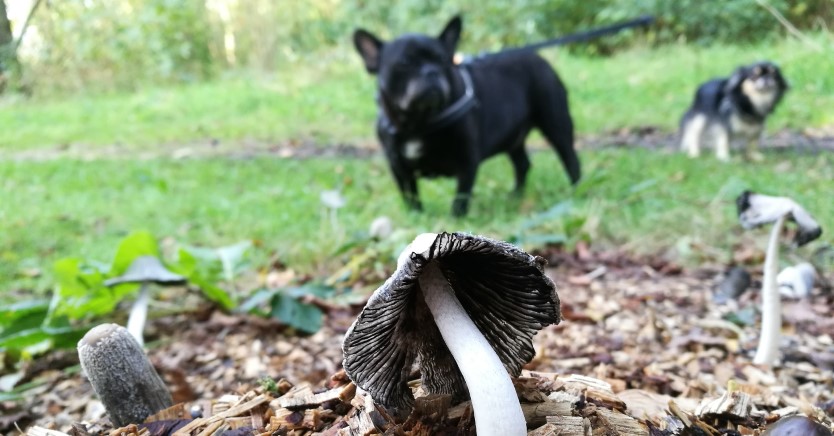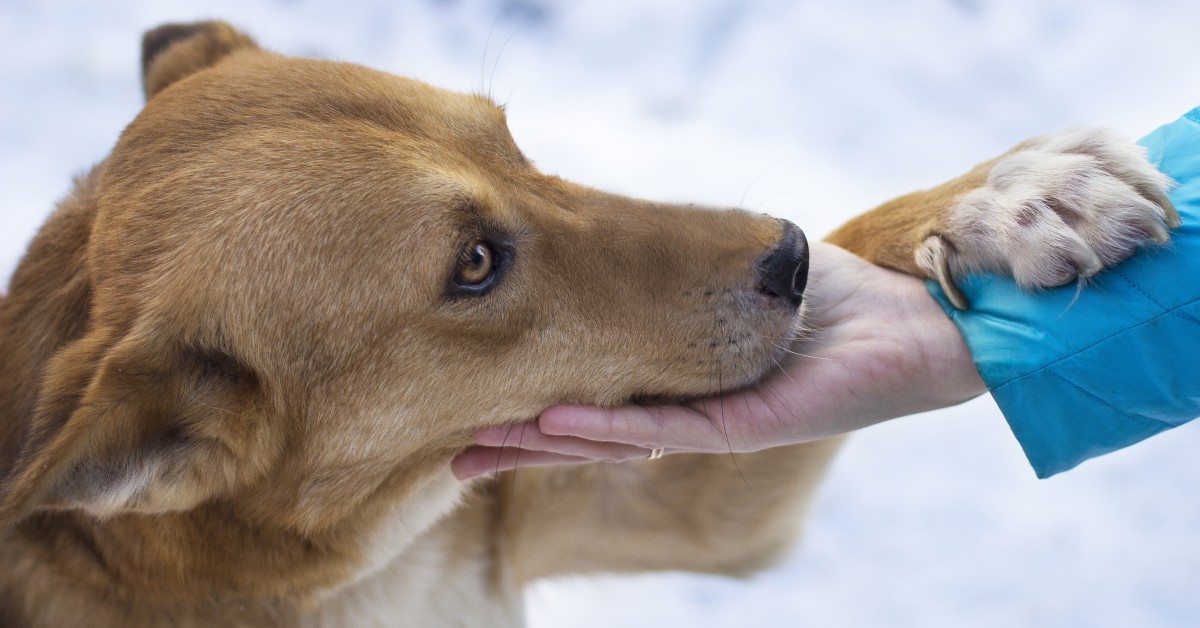Symptoms of Hypothermia in Dogs
When the weather gets cold, it’s important to watch for signs of hypothermia in your dog.

Dogs that spend time outdoors in the winter are at risk of developing hypothermia. Hypothermia is a medical condition that occurs when the body temperature drops abnormally low. By understanding the early signs of hypothermia and how to prevent this potentially fatal condition, you can keep your dog safe and healthy during the winter season.
The Stages of Hypothermia in Dogs
The average body temperature for a dog is higher than that of a human, ranging from 100.5 to 102.5°F on average. Hypothermia can occur when the body temperature drops below average. In dogs, hypothermia can range from mild to severe. The temperature at which these stages of hypothermia develop include the following:
- Mild Hypothermia – Body temperature between 90 and 99°F
- Moderate Hypothermia – Body temperature between 82 and 90°F
- Severe Hypothermia - Body temperature less than 82°F
Treatment for hypothermia in dogs can differ based on the dog’s temperature and the symptoms they are exhibiting. For severe hypothermia, veterinary attention should be sought immediately as complications from this stage of hypothermia can be fatal.
Common Signs of Hypothermia in Dogs
Any dog can develop hypothermia, regardless of age, breed, or size. However, some dogs are more susceptible to this condition, including small dogs, elderly dogs, puppies, and dogs with short coats. Recognizing signs of hypothermia early on can help prevent complications that could impact your pet’s health.
Some of the most common signs of hypothermia in dogs include:
- Shivering: Like humans, dogs will often shiver when they feel cold. While shivering is usually more obvious in short-haired breeds, dogs with long hair will also shiver when cold. Shivering can become more violent over time.
- Pale Gums: If a dog is developing hypothermia, their mouth may have pale bluish or gray gums.
- Whining: Dogs with hypothermia may whine or fuss. This is their way of communicating that they are uncomfortable and want to get warm.
- Cold Ears, Feet, and Tail: When dogs get too cold, their body begins to send more blood to the essential internal organs. This can result in less blood flow to appendages like the ears, feet, and tail.
- Curling Up: As mild hypothermia turns into moderate hypothermia, your dog may curl up in an attempt to stay warm. They may stop shivering at this point and external signs of hypothermia may become less obvious.
Dogs with hypothermia may also develop other signs and symptoms, such as shallow breathing, dilated pupils, weakness, muscle stiffness, low blood pressure, listlessness, or a blank stare. In serious cases, a dog could lapse into a coma or die from exposure.
How to Prevent Hypothermia in Dogs
The best way to keep your dog protected from hypothermia is diligent prevention. If you plan to keep your dog outside in cold weather for more than 10 minutes, ensure that they are properly dressed for the occasion. This means putting on a warm coat and protective boots.
Be mindful of hazardous weather conditions. If you’re uncomfortable being outside in the cold, your dog probably is too. In extremely cold conditions, only allow your dog enough time outside to use the bathroom before bringing him back into the warm house. Do not allow your dog outside when it is wet. This prevents both hypothermia and frostbite.
Limit walks outdoors, especially in conditions with high winds and below-freezing temperatures. If you must venture outdoors, choose a route that has plenty of options for warm shelter if the weather should become unpredictable or if your pet starts to show signs of hypothermia.
Keep up with your dog’s grooming to prevent injury. Trim the hair located between the paw pads to reduce ice balls from forming that could cause adhesions. Always check your dog’s paws when you come in from outdoors to ensure that there are no cuts caused by ice shards or other winter hazards.
Provide your pet with plenty of fresh water and food to help them retain body heat and remain healthy. If you have any concerns about your pet’s ability to tolerate cold weather conditions, or if your pet is showing signs of hypothermia, speak with your veterinarian.
Hypothermia Treatment for Dogs
How hypothermia is treated depends on what stage of hypothermia the dog is experiencing. With mild cases of hypothermia, treatment is generally performed at home and consists of applying blankets and otherwise warming up your pet.
For moderate cases of hypothermia, consider using an external heat source. This can be a warm bath but be sure to thoroughly dry your dog afterward. Heat packs (covered in towels to create a barrier between the skin) can also help warm up your pup after exposure to cold temperatures. Avoid applying heat to the extremities or massaging your pet’s paws or legs, as doing so could result in reduced blood volume and contribute to shock.
Dogs experiencing severe hypothermia need their core body warmed. However, this shouldn’t be done at home. If you believe that your dog is suffering from severe hypothermia, quickly take him to a vet who will provide extreme intervention. If hypothermia is treated quickly, you can reduce the risk of long-term complications.
Ready to start saving money on pet wellness care?
Then take a look at Mint Wellness, the pet wellness plan that provides fast reimbursement on routine pet care. Save on vaccinations, wellness exams, preventatives, dental, and more!
Learn More


